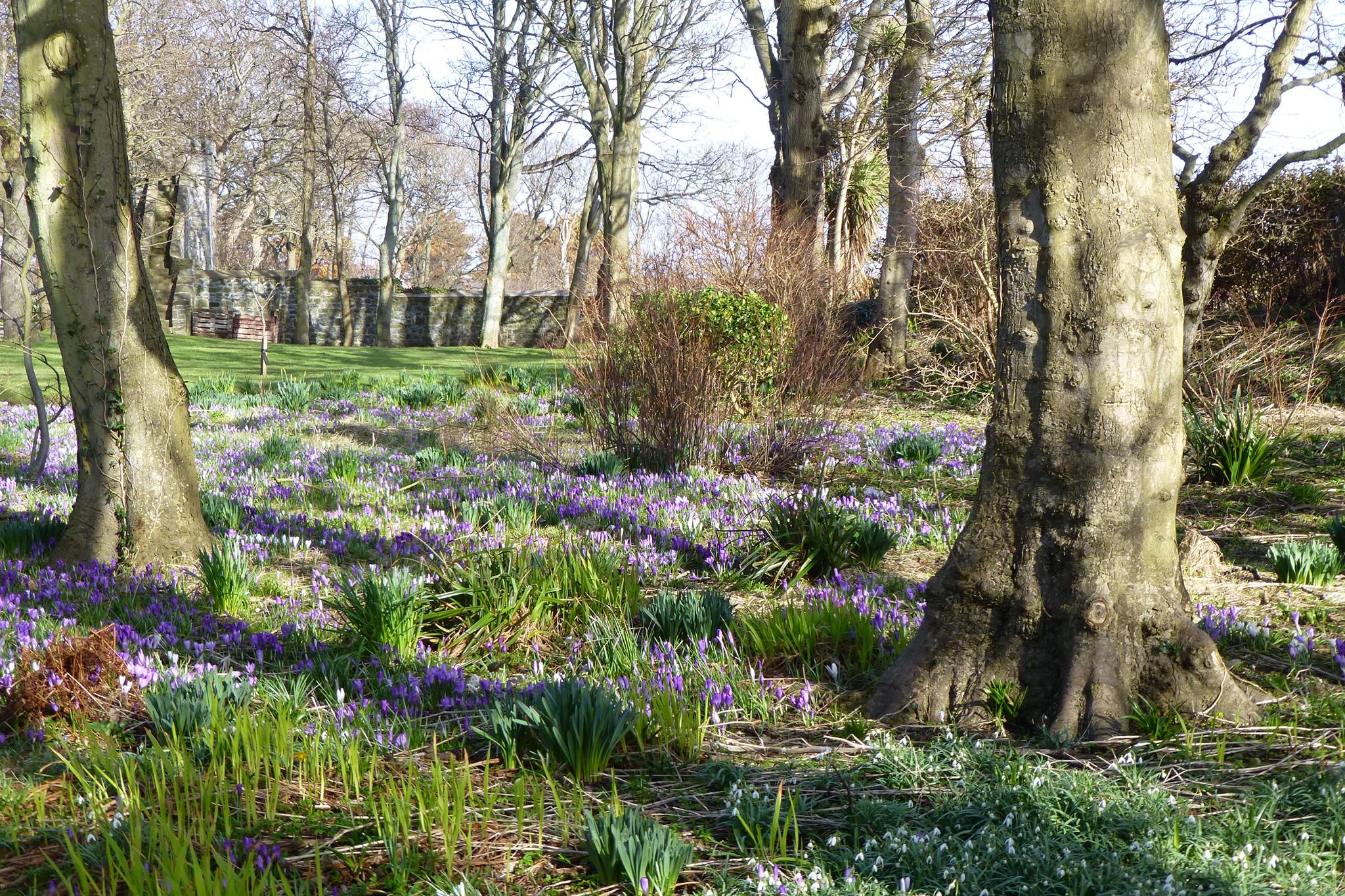In my last blog post I championed a special type of tree: The Street Tree. A couple of people pointed out that if we planted trees in our streets, they are likely to get too big and cause nuisance issues and damage our infrastructure. The planting of any street tree which caused such issues could not be deemed a success. Street trees need to thrive in the urban environment without causing damage to surrounding infrastructure, and without causing conflict with neighbours or users of the highway. How can this be achieved?

To answer this question it is helpful to think about what a tree needs to thrive in the urban environment.
Firstly, all temperate trees need soil. They need sufficient soil volume relative to their size and leaf area. The soil needs to be well structured, to allow water and air to flow through it. Most roots need air to survive. The soil should be able to supply all the nutrients that the tree needs.
Most people have never thought about soil in the urban environment. Why would you?! There is soil underneath our roads and pavements isn’t there? Isn’t there?? Well….yes (perhaps), but the structure of the road (the wearing course, base course and subbase) occupies the space where the biologically active soil should be. If there is soil (‘subgrade’) beneath a road, it is likely to be compacted (lacking air) and poor quality.
Trees also need access to water. Water is essential for photosynthesis and nutrient transport. Fortunately groundwater is not often in short supply on our island, but extreme weather events are predicted to increase, so drought is something we need to think about. However, too much water is also bad because waterlogged soils are devoid of air.
When transplanting nursery trees to any location, it is important to provide the young tree with support until the roots get a chance to grow into the surrounding soil and provide sufficient anchorage. In an urban environment this can be challenging as tree stakes don’t look great, they create trip hazards and need to be maintained/removed at the appropriate time to avoid damaging the tree. Fortunately underground guying systems have been developed to provide ‘invisible’ support to newly planted trees.
It is a common misconception that tree roots grow deep into the ground. Due to the requirement for air (and gas exchange) most trees grow in the top 60cm of soil. For this reason trees naturally send their roots out close to the surface. If soil is available below a hard surface, trees often need a bit of encouragement to send their roots downwards but the roots will be quite happy there once they find it, as long as the soil remains aerated. ‘Root deflectors’ and ventilation pipes can be used for this purpose.
Here is an example of a modern ‘tree pit’, courtesy of GreenBlue Urban.

So far, we have thought about how a tree may be nurtured to prevent it becoming a troublemaker, but there is nature as well nature to consider in this noble endeavour. As well as providing a tree with a suitable rooting environment, we also need to think about the species of tree we plant. Every planting opportunity presents a different set of constraints, and every species available at the tree nursery has different characteristics. We must ensure that the right tree is planted in the right place for the right reasons.
We should think about a tree’s mature height and canopy spread, for example. Reflected heat from hard surfaces, reduced water availability due to run-off from impermeable surfaces, and contamination from de-icing salts are just some of the physiological challenges that street trees may have to deal with, and some species cope better with these challenges. Trees with prominent surface roots (e.g. Cherry) can cause problems. Nuisance issues related to honeydew or rotting fruit are an important consideration. Shade can be beneficial but can also be viewed as a nuisance, so it’s important to think about the type and extent of shade the canopy will produce when in leaf. Getting all these factors right will reduce the likelihood of conflict occurring and reduce future pressure to remove trees.
If we can nail the nature and nurture factors, a street tree should be able to thrive in the urban environment without causing conflict, but we don’t live in a perfect world. There are many existing street trees that were planted without due consideration for the factors described above. This is where management becomes essential. For example, we can prune trees regularly to maintain their height or canopy spread. Where roots begin to disturb hard surfaces, we can repair and adapt the surfaces in a sensitive way. If seasonal fruit drop is causing a nuisance issue, then we can increase the street cleaning regime during that part of the year. There are many other innovative ways that these issues can be managed, if there is a desire to do so.

By thinking about the nature and nurture issues described above we can raise a new generation of street trees which thrive in our urban environment whilst causing minimal conflict issues. By thinking creatively and being mindful of the many benefits streets bring, as well as the damage that can be caused by a lack of management or poor management, we can reduce the nuisance impact of existing trees.




You must be logged in to post a comment.